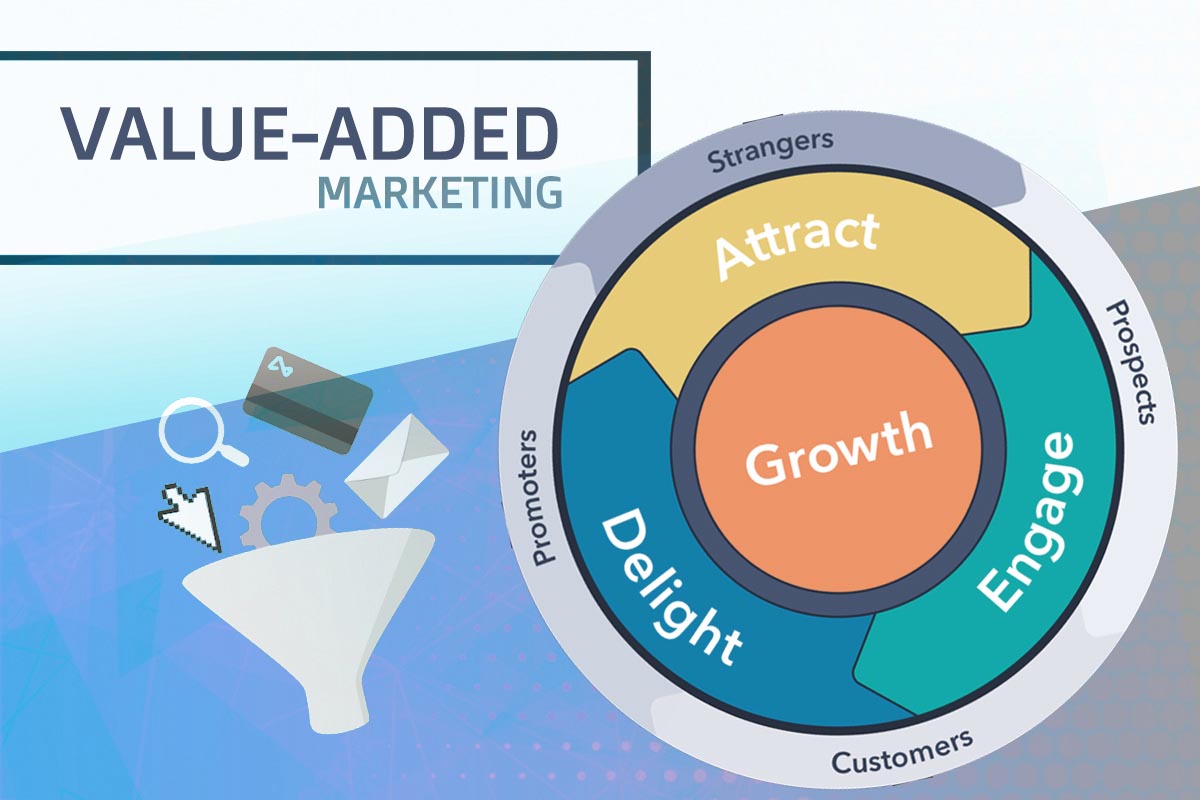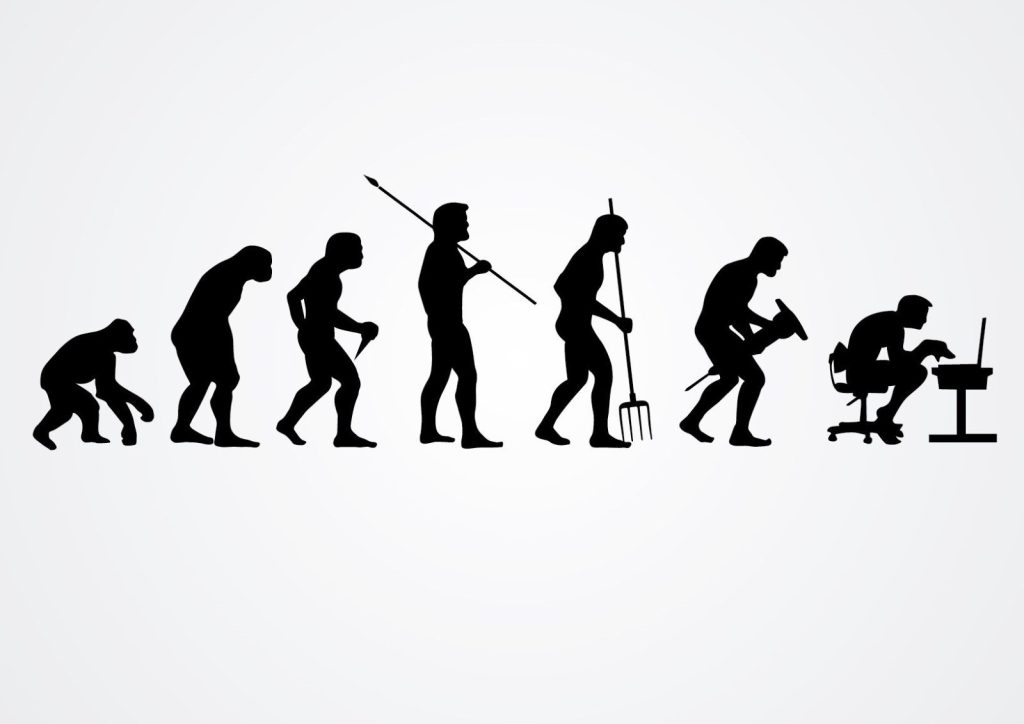
Following global marketing trends is a stringent task all by itself, not to mention choosing which marketing wave to ride, which often proves even more baffling.
This is where the role of marketing and advertising expertise comes in to assist a brand in finding its path through this complex web of intricacies that comprises the competitive marketing world we live in today.
In this piece, we will accompany you on a unique trip towards an aspect of marketing that might initially sound singular and unvisited. Still, once we dive into it, we’ll discover that it might cover a vast area on the world marketing map.
Why changing the term “Organic” helps?

Switching the terminology might seem superficial and basic, until you figure out it isn’t!
Everybody in the marketing realm knows the meaning of Organic marketing and Paid Marketing. But the experts in this field might advise you to change our understanding of what the term “Organic” means. Starting by changing the term into “Value-Added Marketing”.
If you look deeper into this valuable advice, you will understand that it is actually an advice that wants to shift our thinking from “Linear” to “Circular”, which is proving to be a global megatrend that exceeds the boundaries of the marketing world, into the world of sales, economy and even environmental worlds.
Beyond Cost Efficiency
The first benefit that comes to mind when the term “Organic” is mentioned is certainly cost efficiency. However, the benefits of value-added marketing reach beyond this financial gain.
As we discuss this critical concept further, you’ll understand the virtuous cycle it creates, as a circular organic visibility generator, which means the more organic (AKA: Value-Based/Value-Added) traffic your brand will achieve, the more potential that this traffic itself will create even more traffic on its own.
Visitors/followers that get attracted to your brand based on value instead of targeting will surely enhance the level of Audience engagement, retention, social media presence and conversion rates. This approach turns your visitors into leads that feed your sales/reach cycles.
Most importantly, value-added marketing, which relies on the quality of services and content that relays your services to audiences and highlights the unique features of your services/products or brand name, is the key to building better brand authority, positioning and trust. A combination that represents the elixir of life for any brand across all sectors.
The Anti-Funnel Theory

This shift can be made very lucid once we remind all marketers, salespersons and advertisers that the shift from the “Funnel” to the “Flywheel” falls under the antithesis approach we are highlighting today.
We believe it’s about time Russell Brunson rethinks even the name of his “Click Funnels” website. We suggest that he changes the domain to “Click Flywheels” to be ready for a funnel-free future.
The marketing world has been gradually abandoning the one-direction funnel where the customers lie at the BOFU, AKA: the bottom of the funnel, to make the target action/decision. Towards a flywheel where the customer moves from the bottom to the center, becoming a part of the sales, marketing and services cycle.
In the funnel approach, the customer opens the door, makes a purchase, and then leaves from the exit door. On the other hand, the flywheel takes the customer in a continuous Ferris wheel, into a virtuous cycle of repeat sales, retention, and word-of-mouth, and recurrent visits and actions.
In this modern business model, a conversion turns into engagement, lead generation turns into recurring client magnets, and the customer turns into an unpaid marketer for your business or, more correctly, a marketer who pays you!
This is why we advise our clients to switch to the flywheel mentality by activating and leveraging tools such as newsletters, referral programs, freebies & samples, easier checkouts and payment methods and elevating inbound marketing slightly above outbound marketing.
Aside from this shift from the paid to the organic, from the linear to the circular, from the funnel to the flywheel, and from non-value advertising to value-based activities, you ought to turn your customer service into customer engagement, turn a purchase into an experience.
After adopting this fresh business model while devising your marketing strategy, you can sit back and reap the profits of this necessary shit.
The Anti-Targeting Appeal

Would you like being targeted?
The irritant of being targeted is real, and ignoring it does not benefit any business. Online advertisers need to understand that the existence of advertisements on its own, which interrupt a video play, or a homepage loading or even intersects an article in the form of a banner or a popup, is in fact, a nuisance for the online browsers.
This is why any business looking to advertise its products/services online needs to be extra careful about the concept of targeting. Accurate audience targeting is vital, as the interested audiences will be less irritated by the appearance of ads that are in the circle of their interests
You need to define your target audience rigorously and understand the difference between different marketing goals. Are you looking for reach, branding, positioning, traffic, leads or conversions?
Which would lead you to dividing and allocating your advertising budget in an accurate cost-effective manner.
Searching for Clients vs The Searching Client
Every business has the right to look for clients, but if you asked any business owner what makes you happier, a client who found your business online, maybe through word-of-mouth, or a client you have been targeting? The answer will mostly be the first option.
Receiving online footfall – or should we call it clickfall – tells the business owner that they must have been doing something right and more satisfactory, that they don’t need to allocate more advertising expenses.
Through SEO techniques and meticulous keyword planning, complemented by Google PPC campaigns, you can reach those clients who are already interested and searching for the products/services your company avails, which increases the conversion rate significantly.
All-in-all, keep this golden rule alive in your temporal lobe: A searching client beats a targeted client any day of the advertising week.
The Instinctive Side of Marketing

A slight dip into the psychological side of marketing would tell you important information about those innate human instincts of seeking pleasure, desire, navigation, or curiosity.
None of the positive human instincts mentioned above would relate to being targeted, are they?
The instincts related to the human being targeted are all reflexive and negative, such as fear, avoidance, self-defence, self-preservation or territoriality.
The instinctive side to which you ought to link your ads is definitely the positive one. When you strategize, design and write your advertisements, always keep in mind to satisfy the navigational seeking instinct, alluring and quenching curiosity, and pleasuring the desires and needs of the clients.
On the targeting side, you might inadvertently provoke negative reflexive instincts in the client’s mind, such as fear of spending, avoiding being targeted for more spending, or getting territorial against the invasive nature of your ads, etc.
This side of marketing is largely avoided by most advertisers and businesses. Sometimes, the only things on the marketer’s mind are FOMO or fear of missing out, designing a visually pleasing ad or using attractive words to get the attention or entice action from the client, which are also essential. However, be advised that they don’t stand alone.
Remember, dealing with a client online is a world apart from handling a client or a prospect face-to-face. Unless animals develop online browsing traits or aliens begin to seek earthly products and services, the client is and will always be a human being. Disregarding the basic instincts of this human being remains a grave mistake of many businesses around the world.!
See you in part 2 of the Value-Added Marketing series.
